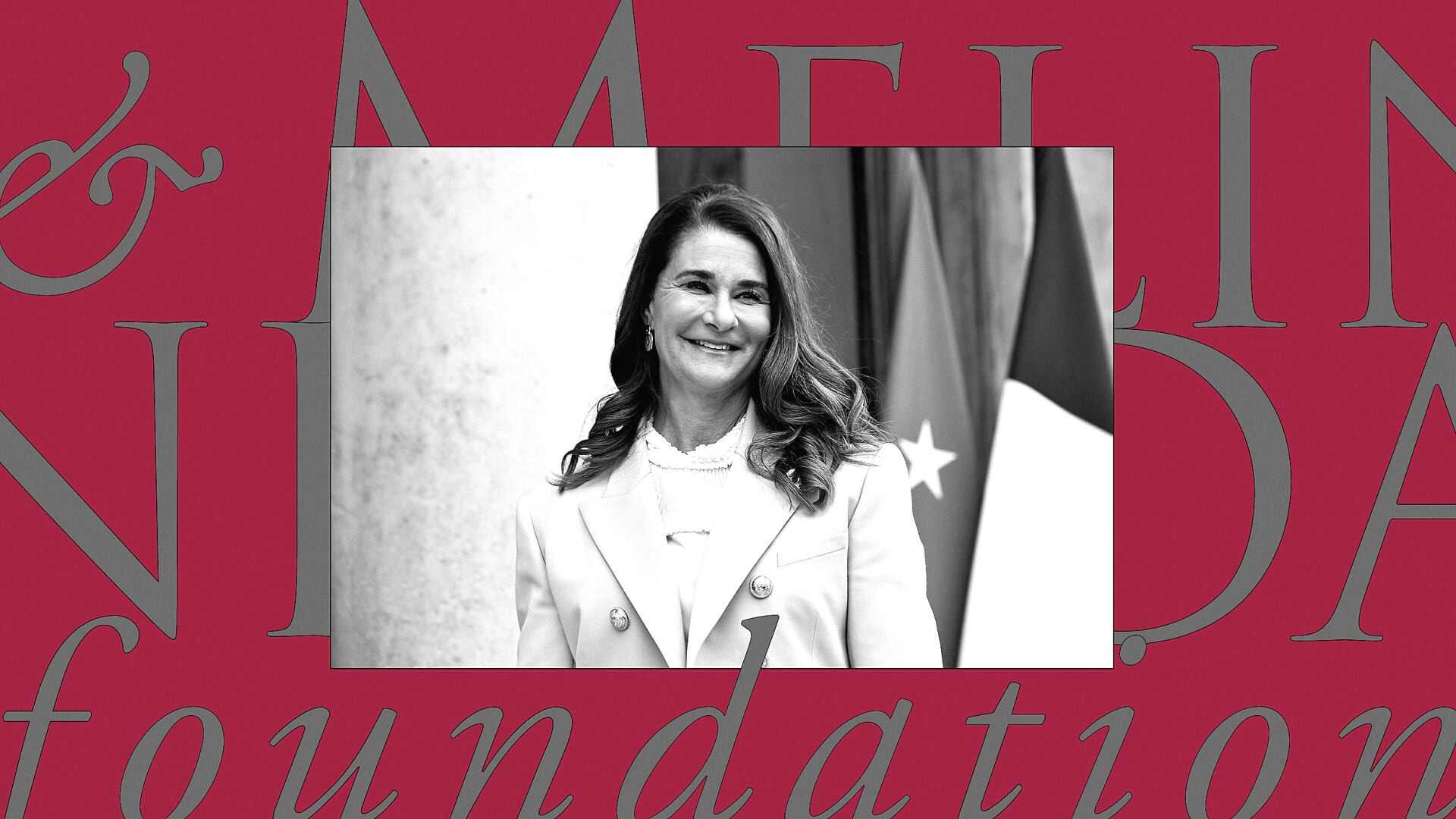- | 9:00 am
This is why the Middle East’s sovereign wealth funds are dominating the investment world
These SWFs, with a more strategic approach to asset management, are reshaping the investment world

They are serial acquirers of high-profile global tech companies, trading billions of dollars in overseas stocks while launching myriad companies in their home country and bringing companies to their shores to support domestic development.
They are the Middle East’s sovereign wealth funds (SWFs). In terms of scale and ambition, nothing compares to what the regional SWFs attempt to achieve domestically and globally.
Barely a day goes by without an eye-catching story involving Saudi Arabia’s Public Investment Fund big-ticket investments.
During the 2008 financial crisis, the region’s SWFs received significant attention due to their ability to invest in companies needing capital, like Citigroup and Credit Suisse. The SWFs could make these investments thanks to the soaring oil prices during that period.
Now, these SWFs are bigger and better organized, with specialized teams and a more strategic approach to asset management.
Abu Dhabi Investment Authority ($943 billion), Kuwait Investment Authority ($803 billion), Saudi Arabia’s Public Investment Fund ($700 billion) and Qatar Investment Authority ($450 billion) are among the Top 10 global SWFs. According to the Sovereign Wealth Fund Institute, the region’s ten largest sovereign wealth funds combined manage nearly $4 trillion.
The Gulf states government-controlled funds with deep pockets have become go-to-investors in everything from infrastructure to technology. Globally, five out of the ten most active investors hail from the Middle East.
They have been actively investing in sports and gaming, renewable energy, hi-tech, tourism, and infrastructure, per their governments’ reform agendas and long-term economic prospects.
According to the paper Sovereign Risk: Gulf Sovereign Wealth Funds as Engines of Growth and Political Resource, some SWFs now veer from traditional practices of safeguarding wealth to more experimental and high-risk strategies to diversify national economies from oil dependency, while also promising high returns.
BOLSTERING REGION’S SOFT POWER
Globally, these SWFs are increasingly seen as one of the few sources of abundant capital, bolstering the soft power of the increasingly confident region.
“At the core of SWFs’ dominance lies the vast reservoir of wealth accumulation through the region’s abundant revenue streams, notably oil and gas. This vast pool of capital allows for significant global investments, influencing markets and shaping entire industries,” says Anuj Goel of Century Private Wealth. “These funds’ long-term investment horizons enable them to leverage the most cherry-picked deals.”
“SWFs investments present diversification and an expansion to SWFs influence globally,” adds Goel.
Their colossal size allows them to invest vastly across economic sectors and source the best talent from around the world, which further strengthens their position as one of the most potent global investors.
The money from the GCC funds overwhelmingly goes to developed markets, particularly the US and Europe.
“In recent times, we have observed SWFs in the region diversifying their conservative investment strategies in US Treasury bonds, bank deposits, and real estate assets to riskier and profitable pathways that include new technologies, infrastructure and major development projects, sports, gaming, renewable energy, and tourism,” says Samer Hijazi, Senior Partner- Head of Financial Services, Grant Thornton UAE.
PIF’s role giga-project like NEOM, Mubadala’s investment in Africa’s largest technology venture capital fund, ADQ’s decision to invest in the development of Ras El-Hekma in Egypt, KIA’s revised strategy to invest in non-traditional and uncorrelated asset classes and emerging markets including India and China, QIA’s funding in renewable energy in South Africa, and more, are examples of groundbreaking investments.
The $284 billion Abu Dhabi’s sovereign fund Mubadala invested about $40 billion in 2021-22 and plans to expand its footprint in the Indian healthcare and financial services sectors. In February, Mubadala said it was investing in India’s Manipal Health Enterprises. Last year, it also invested $525 million with BlackRock Real Assets in Tata Power Renewables and co-led a $2 billion investment in the Chinese online fashion company Shein.
Its interests span six continents and include the aerospace, semiconductors, metals and mining, renewable energy, oil and gas, and petrochemicals sectors.
It has also been boosting its Asian portfolio, including Japan and China.
“Overall, sovereign funds now have the responsibility and opportunity to transform from asset allocators into enablers of global progress,” said Khaldoon Al Mubarak, Mubadala’s group chief executive and managing director, at the recent Investopia conference in Abu Dhabi.
“Mubadala has made significant investments in several UAE-based companies, including Andalusia Labs, Dharma Ltd, Hala, Sarwa, Midchain, and Bayzat,” says Farah el Nahlawi, a research team lead at MAGNiTT. “Furthermore, one of ADQ’s last investments was in Agthia Ventures, which raised $54 million.”
Gulf funds are able to increase their dealmaking dominance and now account for nearly 40% of the investment value deployed by SWFs worldwide.
A powerful force for diversifying the Saudi economy, the PIF’s hyper-ambitious mandate differs from its more conservative peers.
In 2023, PIF, which made waves across the sporting world headlines for lavish spending on soccer and golf, accounted for about a quarter of the almost $124 billion spent by SWFs worldwide. It invested a whopping $31.5 billion.
Big-ticket purchases included $4.9 billion for US gaming company Scopely, $3.6 billion to buy Standard Chartered’s aircraft leasing division, and $3.3 billion for steelmaker Hadeed.
It also has significant stakes in companies like Uber, Tesla, Lucid Motors, and Spanish telco Telefonica. PIF plans to invest $40 billion in AI with US VC firm Andreessen Horowitz.
The fund has a stake of $8.1 billion in gaming companies Activision Blizzard, Electronic Arts, and Take-Two. The Global SWR report highlights PIF’s plans to launch an airline and its electric vehicle brand.
At the recent Miami investment event sponsored by the sovereign wealth fund, PIF Governor Yasir Al-Rumayyan said the PIF is targeting an international allocation of 20% to 25% moving forward. About 40% of the fund’s international investments were in the US.
It also has significant stakes in domestic companies like the $51 billion Saudi Telecom Company and the $53 billion Saudi National Bank. It controls 8% of the $2.2 trillion oil giant Saudi Aramco, worth about $180 billion.
The variety of deals shows the reach of PIF and the companies it controls, forming a wide net to capture any value-add for the global and Saudi economy.
Elsewhere, the QIA, whose largest investments include $2.54 billion in German power company RWE and $1.5 billion in Bodhi, James Murdoch’s media venture in India, has been active in private and public credit in recent years.
In an interview with Bloomberg, QIA’s CEO Mansoor Ebrahim Al-Mahmoud said, “So normally institutions like us, which are very liquid, very long term, have a risk appetite in these types of investment. I would advise that for the next maybe one year, the credit space would be interesting to deploy some investment.”
Last year, QIA increased its stake in Credit Suisse to just under 7%, becoming the Swiss bank’s second-largest shareholder after Saudi National Bank. It also invested $1 billion for a 1% stake in India’s Reliance Retail Ventures, the retail arm of billionaire Mukesh Ambani’s Reliance Industries, as it examines opportunities to invest in China’s retail, healthcare, tech, and logistics sectors.
These investments are part of a broader shift in QIA’s investment strategy, which is shifting away from holding trophy assets such as the Shard skyscraper and the Harrods department store in London and towards sectors like technology, healthcare, and public and private markets.
“SWFs from the Middle East have undeniably carved a space of significant influence within the international monetary and financial system,” says Goel.
“Through direct investments and partnerships abroad, they stimulate economic growth and facilitate cross-border trade,” adds Goel. By actively investing across a wide spectrum, including real estate, infrastructure, technology, and an array of sectors, they mitigate risk within their portfolios and contribute to a more robust international financial system.”
SHAPING VC LANDSCAPE
Across emerging venture markets, SWFs also contribute to shaping the VC landscape. In the region, they play a leading role in fostering the growth of the local VC ecosystem and supporting the development of startups and emerging businesses.
“SWFs have increasingly played a significant role in the regional venture capital landscape. In the UAE, entities like Mubadala have emerged as limited partners in VC firms based in the region while also making substantial investments in game-changing startups such as Tabby, Andalusia Labs, Getir, and Moove,” says Philip Bahoshy, CEO at MAGNiTT.
He adds, “The PIF has taken on the role of a fund of fund investor through Jada and Sanabil. In this regard, PIF aims to bolster and cultivate the broader VC ecosystem within the kingdom, stimulating innovation and entrepreneurship.”
Even QIA is planning to invest over $1 billion in international and regional capital funds as part of a strategy to develop the venture capital and startup sector in the gas-rich Gulf state and neighboring states.
“QIA made a noteworthy investment last year in Turkey’s Insider, a unicorn AI marketing platform believed to be a market leader in the industry,” says Nahlawi.
Meanwhile, some smaller funds, such as those in Bahrain, are boosting renewables or carbon offsetting, while more public funds are planned to increase allocations to green bonds and assets. Wealth funds see growing value in trying to green their portfolios and even reach net zero.
“SWFs are actively seeking a stake in the future. Lunate Capital, backed by ADQ and BNY Mellon, is investing more than $50 billion in a new company, Alpheya, focusing on developing a customized technology platform for wealth management in the MENA region,” says Goel.
Moreover, SWFs can be seen as pursuing strategic investments in real estate in high-growth cities worldwide.
Overall, regional SWFs’ power lies in their immense financial resources, long-term vision, and global reach.
“They have been tapping into promising opportunities beyond their home market while demonstrating the commitment to support entrepreneurship, innovation, and economic development in their respective markets,” says Nahlawi.
According to the experts, Middle Eastern countries have become key players in the global economy. Their surplus funds are diversifying the economies of resource-rich countries and contributing to future investments across the globe. In the long term, this will help the region become less reliant on oil, and the returns from these investments will serve as an alternative source of income for the regional economies.
“They are an effective vehicle in actively promoting innovation, developing human capital, and advancing global economies,” adds Goel.
“Going forward, the Middle East’s SWFs are highly likely to gain a strong presence worldwide in sustainable investment in addition to the healthcare, infrastructure, and revolutionary technologies space,” adds Hijazi.
The growth of the SWFs underscores the dramatic shift in the region’s risk appetite and how the leadership intends to manage its wealth.







































